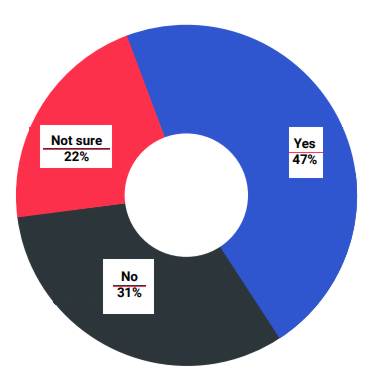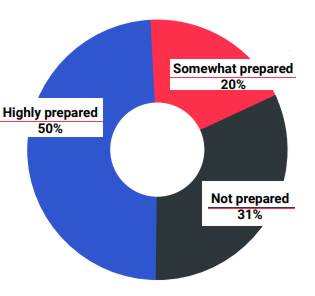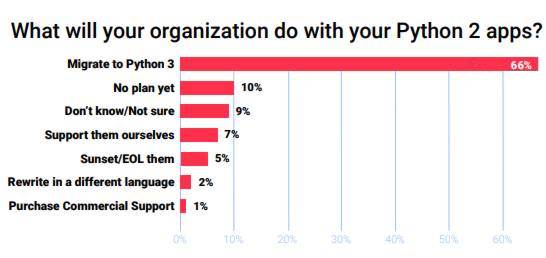| Ready Or Not, It's Goodbye Python 2 |
| Written by Janet Swift | |||
| Thursday, 30 January 2020 | |||
|
A survey by Active State discovered that while almost half of respondents had planned for Python 2 EOL, and many had already migrated to Python 3, almost a third had made no preparations, leaving them unsure what to do with unsupported Python 2 applications. Python 2 is now officially dead. It is a dead Python (this is a Monty Python joke so please excuse the humor). The end of life date, originally a vague "2020" at a time when that seemed over the horizon, was firmed up to be January 1, 2020 so its already 30 days past its sunset. Despite this, as we reported in September a final maintenance release, Python 2.17.8, is scheduled for April. It's not just the Python 2 maintainers who are not quite ready for the demise of Python 2. Active State, the Canadian software that provides language distributions and enterprise services of several dynamic languages including Python, conducted a survey designed to help understand the impact of Python 2 EOL and to discover how prepared respondents felt. The survey attracted 1252 responses, with 84% of respondents identifying with the role of "Coder". In regard to job function 60% of respondents selected the category Developer/Programmer with the next largest contingent is being Development/ Engineering Manager (7.80%) followed by DevOps (6.11%). Responses showed a geographical spread with a even balance between North America (39.84%) and EMEA (37.34%) with a further 16.21% from the Asia Pacific region and 6.61% from Latin America.
The first key question was: How many of your Python apps are Python 2? Over a third of respondents (37%) revealed that over half of their Python apps were Python 2, and therefore now unsupported. Seeing this result in a more positive light, the report states: the fact that almost two-thirds of respondents indicated their Python 2 apps represent “less than half” of their Python applications is largely a result of the fact that many organizations are already well on the road to migrating to Python 3. This was probed further by asking: Has your Organization Planned for Python2 EOL? While almost half had, over 30% had no plan in place and the remainder were unsure. There was a very similar picture with regard to preparedness: Asked what their organizations were planning to do with their Python 2 applications, two thirds of respondents chose migration to Python 3, with many of them already having done just that. At the other extreme 5% had decided to sunset their Python 2 apps while 2% were going to abandon Python and rewrite their applications in a different language. Only 1% were planning to purchase commercial support while 7% were planning to support Python 2 apps themselves. Asked about issues relating to supporting Python 2 apps in future respondents identified 3rd party package vulnerabilities, bug fixing, core Python 2 vulnerabilities and other security issues as challenges they'd expect to face in supporting their organization's Python 2 applications themselves. More InformationPython 2 End of Life Survey Result (Active State) Related ArticlesFinal Releases of Python 2.7 Scheduled Beyond Its End of Life Python 2 End Of Life Threatens Security Python 2.7 To Be Maintained Until 2020 Guido van Rossum Quits As Python BDFL To be informed about new articles on I Programmer, sign up for our weekly newsletter, subscribe to the RSS feed and follow us on Twitter, Facebook or Linkedin.
Comments
or email your comment to: comments@i-programmer.info
|
|||
| Last Updated ( Tuesday, 21 April 2020 ) |







